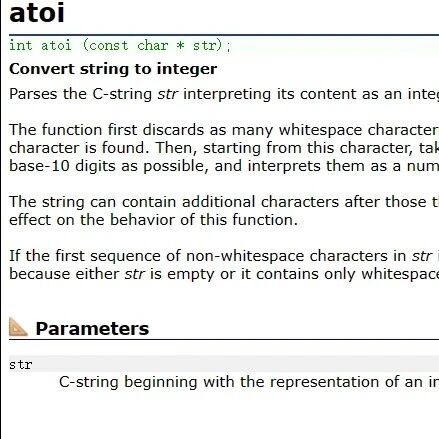Optimizing Parallel Computing in C: Utilizing Multi-Core Processors
In modern computers, multi-core processors have become mainstream. To fully utilize these hardware resources, we can improve program execution efficiency through parallel computing. This article will introduce how to implement simple parallel computing in C and demonstrate how to optimize using multi-core processors. What is Parallel Computing? Parallel computing refers to breaking down a task … Read more









